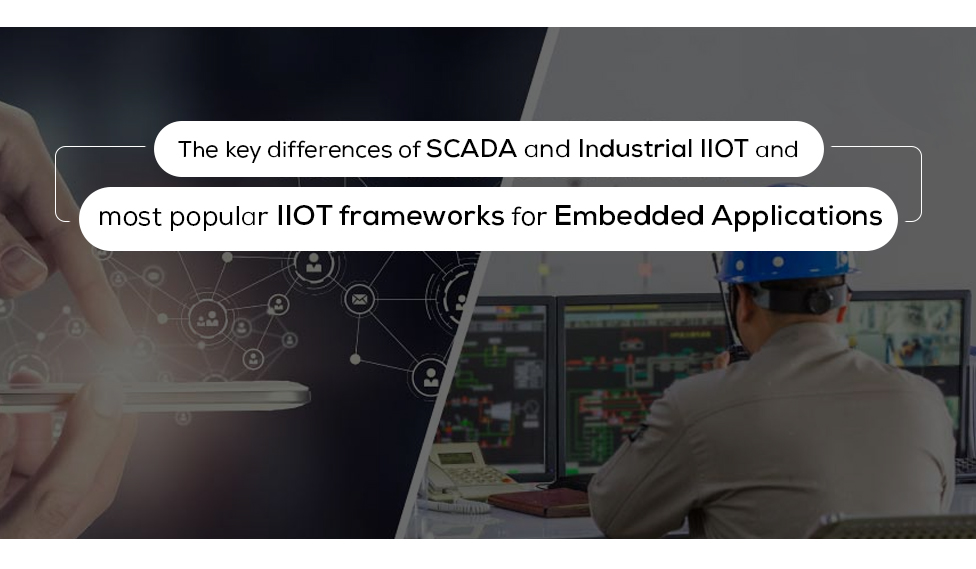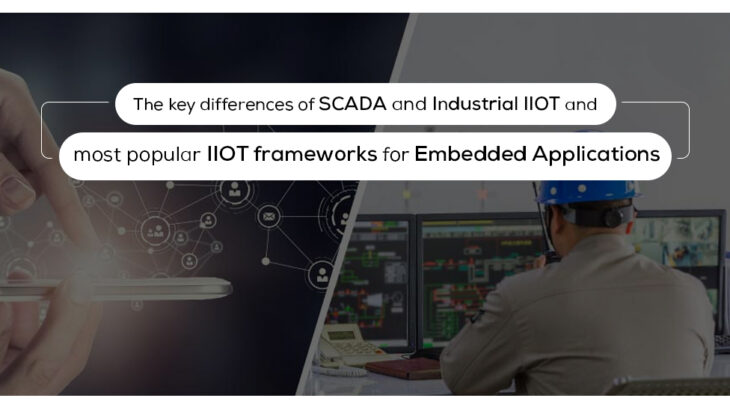
SCADA (Supervisory Control and Data Acquisition) is a system that are embedded software development which allows industrial organizations to monitor, gather, and process real-time data from various devices and sensors in their infrastructure . Here are some benefits of SCADA:
Enhanced monitoring and control:
SCADA systems allow operators to monitor and control industrial processes remotely, improving efficiency, and reducing the need for manual intervention.
Improved data collection and analysis:
SCADA systems collect real-time data from various sensors, devices, and equipment, enabling organizations to analyze trends, identify patterns, and make data-driven decisions.
Increased operational efficiency:
By providing real-time data and alerts, SCADA systems help organizations to detect and address issues promptly, leading to increased uptime, reduced downtime, and improved productivity.
Improved safety and security:
SCADA systems provide real-time monitoring of equipment and processes, allowing organizations to detect and respond to potential safety hazards and security threats proactively.
The Industrial Internet of Things (IIoT) is the next phase of industrial automation, where devices and sensors are connected to the internet, enabling real-time data collection and analysis. IIoT adds more value to SCADA systems in the following ways:
Scalability:
IIoT allows organizations to scale their SCADA systems easily by adding new sensors and devices as needed.
Real-time analytics:
IIoT provides real-time analytics capabilities, enabling organizations to make data-driven decisions faster and more accurately.
Predictive maintenance:
IIoT allows organizations to monitor equipment and predict failures before they occur, enabling them to schedule maintenance proactively, reducing downtime, and increasing uptime.
Enhanced collaboration:
IIoT enables collaboration across different departments and teams, enabling organizations to make better decisions and improve efficiency.
Overall, SCADA and IIoT are powerful tools that can help organizations improve efficiency, reduce downtime, and enhance safety and security, ultimately leading to increased profitability and competitiveness.
There are several frameworks that are commonly used in IIoT (Industrial Internet of Things) applications, depending on the specific requirements and use cases. Here are some of the most popular ones:
MQTT: MQTT (Message Queuing Telemetry Transport) is a lightweight messaging protocol that is widely used in IIoT applications for efficient communication between devices and sensors. It supports low-bandwidth, high-latency networks and is ideal for use cases that require reliable, real-time data transfer.
OPC UA: OPC UA (Open Platform Communications Unified Architecture) is a widely adopted standard for secure, reliable data exchange in industrial automation and IIoT applications. It enables communication between different devices and systems, regardless of the manufacturer or platform.
CoAP: CoAP (Constrained Application Protocol) is a lightweight, low-power protocol designed for use in constrained environments such as IIoT applications. It is suitable for use cases that require low-latency, bi-directional communication, such as real-time control and monitoring.
AWS IoT: AWS IoT is a cloud-based platform that provides a suite of services for building and deploying IIoT applications. It includes features such as device management, data collection, and analysis, and integration with other AWS services such as Lambda, Kinesis, and DynamoDB.
Azure IoT: Azure IoT is a cloud-based platform that provides a comprehensive set of services for building and deploying IIoT applications. It includes features such as device management, data collection, and analysis, and integration with other Azure services such as Stream Analytics, Event Grid, and Cosmos DB.
Google Cloud IoT: Google Cloud IoT is a cloud-based platform that provides a range of services for building and deploying IIoT applications. It includes features such as device management, data collection, and analysis, and integration with other Google Cloud services such as Pub/Sub, Dataflow, and BigQuery.
Overall, these frameworks provide a range of features and capabilities for building and deploying IIoT applications, and their suitability depends on the specific requirements of the application. Sunstream has a strong embedded software development services which offer exceptional solutions in the IIOT and SCADA side for industrial automation. We have converted several industrial processes using these technologies for real time monitoring and control of several critical devices for our customers.




 +1.585.935.7123
+1.585.935.7123 +91-804-148-6861
+91-804-148-6861